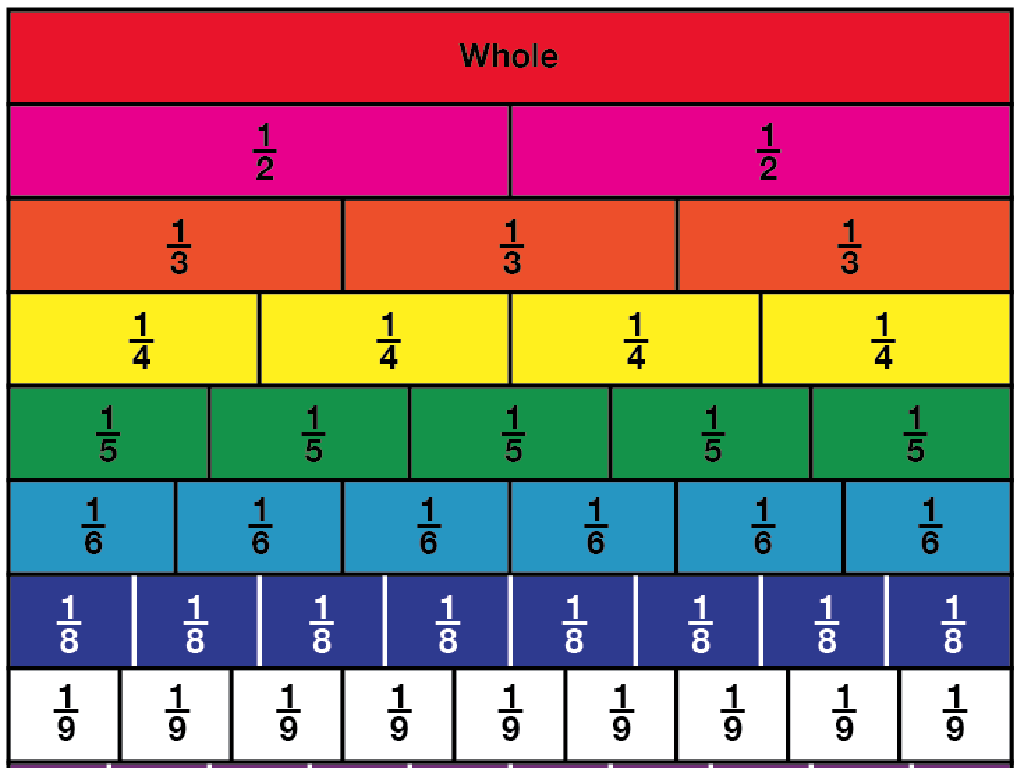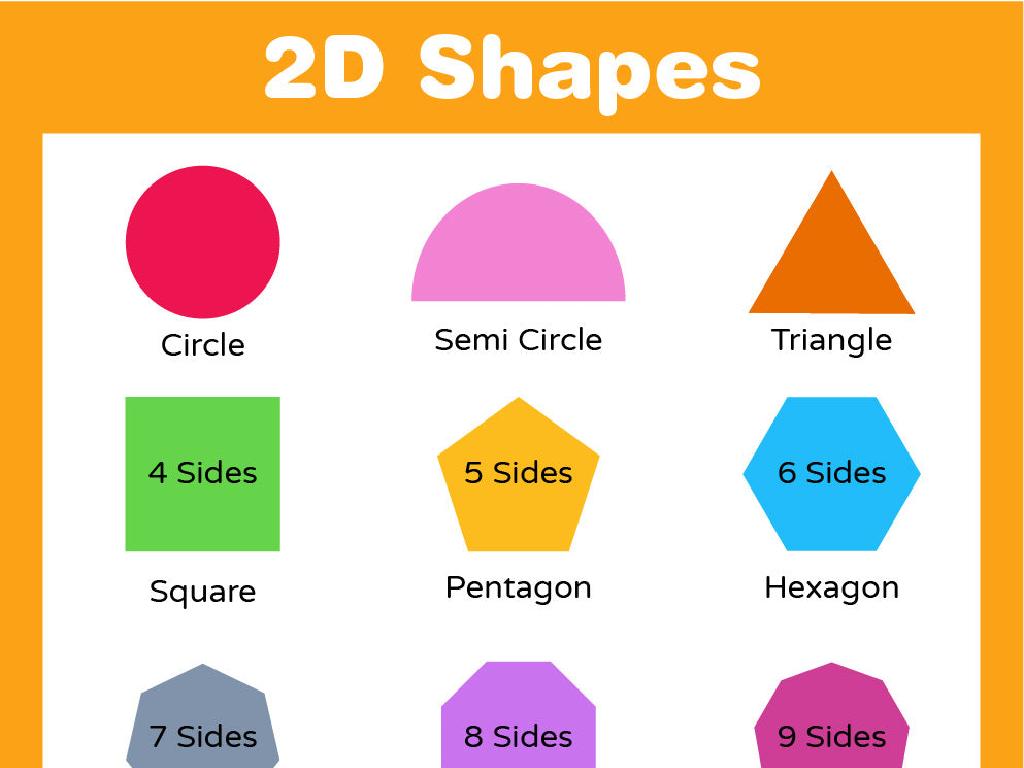Animal Adaptations: Skins And Body Coverings
Subject: Science
Grade: Fourth grade
Topic: Adaptations
Please LOG IN to download the presentation. Access is available to registered users only.
View More Content
Adaptations: Skins and Body Coverings
– How animals survive in their habitats
– Animals have special features to live in different places like deserts, forests, and oceans.
– Adaptations explained
– Adaptations are changes that help animals survive in their environment.
– Today’s focus: Skins and Coverings
– We’ll learn about how different skins and coverings protect animals.
– Importance of skin adaptations
– Skin adaptations can mean the difference between staying safe and being in danger.
|
This slide introduces the concept of adaptations, specifically focusing on skins and body coverings as a means for animals to survive in their environments. Adaptations are the physical or behavioral characteristics that have developed over time to make an organism more suited to its environment. Today, we’ll explore various types of skins and body coverings, such as fur, scales, and shells, and discuss how these adaptations provide protection, help with temperature regulation, and aid in camouflage. Encourage students to think about why certain animals have the coverings they do and how this helps them stay safe, find food, or care for their young.
Understanding Animal Adaptations
– Adaptation defined
– A trait that helps an animal survive and thrive in its environment.
– Examples of adaptations
– Camouflage in chameleons, thick fur in polar bears.
– Adaptations’ role in survival
– Adaptations can lead to better chances of finding food, escaping predators, and living in harsh climates.
– Discussing adaptation importance
|
This slide introduces the concept of adaptations in animals, which are special features or behaviors that help them survive in their habitats. Start by defining adaptation in simple terms. Provide vivid examples, such as how chameleons change color to blend in with their surroundings, or how polar bears have thick fur to keep them warm in icy conditions. Explain that these adaptations are crucial for animals to find food, protect themselves from predators, and cope with the climate and other challenges in their environment. Emphasize the importance of adaptations in the evolution and survival of species. Encourage students to think of other examples and consider how each adaptation benefits the animal.
Types of Animal Adaptations
– Structural adaptations
– Body parts that help animals survive, like thick fur for cold climates
– Behavioral adaptations
– Actions animals take to survive, like birds migrating south for winter
– Physiological adaptations
– Internal body processes that help animals live, like snakes using venom to hunt
|
This slide introduces students to the concept of adaptations, which are special features or behaviors that help animals survive in their environments. Structural adaptations are physical features like the bill on a bird or the fur on a bear. Behavioral adaptations are things animals do to survive, such as birds flying south for the winter or bears hibernating. Physiological adaptations are internal body processes, such as a snake producing venom to paralyze its prey or a camel’s ability to go without water for a long period. Encourage students to think of examples they know and how these adaptations help the animals live in their specific habitats.
Amazing Animal Skins and Adaptations
– Adaptation to habitats
– Animals have unique skins that help them survive in their specific environments.
– Camouflage in animals
– Camouflage allows animals to blend in with their surroundings to avoid predators.
– Animals with tough skin
– Tough skin protects animals from harsh weather and predator attacks.
– Significance of scales
– Scales can defend against predators and aid in movement.
|
This slide introduces students to the concept of animal adaptations, specifically focusing on how different skins help animals survive in their habitats. Discuss how camouflage helps animals like chameleons and tigers hide from predators or prey. Explain that tough skin, like that of rhinos or elephants, provides protection. Scales, such as those on fish or snakes, serve as armor and sometimes assist in locomotion. During the interactive Q&A, encourage students to think critically about the advantages these adaptations provide. Ask them to consider how these skins might be disadvantageous in different environments, fostering a deeper understanding of adaptation.
Fur, Feathers, and More: Animal Coverings
– Purpose of fur in animals
– Fur keeps animals warm and sometimes camouflaged
– Feathers’ role in survival
– Feathers help with flight, insulation, and waterproofing
– Spines and temperature control
– Spines can protect and help some animals stay cool
– Discuss: Coverings in extreme climates
|
This slide introduces students to the different types of body coverings animals have and their functions. Fur often provides insulation and camouflage, helping animals like polar bears survive in cold environments. Feathers play a crucial role in birds’ survival by aiding in flight, providing insulation, and sometimes being waterproof for aquatic birds. Spines, like those on a porcupine or hedgehog, can serve as protection from predators and can also help in regulating body temperature in hotter climates. Engage the class in a discussion about how these adaptations are beneficial in extreme climates, prompting them to think about the challenges animals face and how their coverings help them overcome those challenges.
Protective Coloration: Camouflage
– What is camouflage?
– Camouflage is when animals blend in with their surroundings to hide from predators or to hunt.
– Animals using camouflage
– Chameleons change color, and stick insects look like twigs.
– Spot the camouflaged animal!
– We’ll play a game to find animals hidden in pictures.
|
Camouflage is a fascinating adaptation that animals use for survival. It involves blending in with the environment to avoid detection by predators or to sneak up on prey. Examples include chameleons, which can change their skin color to match their surroundings, and stick insects, which resemble twigs or branches. For the class activity, present a series of images where animals are camouflaged in their natural habitat. Ask students to find and point out the animals. This interactive activity will help students understand the concept of camouflage and its importance in animal survival. It also serves as a fun and engaging way to reinforce the day’s lesson.
Mimicry: Copycats of the Animal Kingdom
– Understanding mimicry
– Mimicry is when one animal copies another to survive.
– Mimicry as a defense
– Animals mimic others to avoid predators.
– Examples of mimicry
– The Viceroy butterfly looks like the Monarch to avoid being eaten.
|
Mimicry is an incredible adaptation where animals imitate the appearance, sounds, or behavior of other species to enhance their own survival. This can prevent them from being eaten by predators who mistake them for less palatable or more dangerous animals. For example, the Viceroy butterfly uses mimicry to look like the toxic Monarch, which predators avoid. Other examples include harmless snakes that mimic venomous ones or insects that resemble leaves or twigs. During the presentation, discuss the concept of mimicry and its benefits, and show pictures or videos of mimicry in action to engage the students. Encourage them to think of mimicry as nature’s own version of ‘hide and seek,’ where animals hide in plain sight.
Class Activity: Design Your Own Adapted Animal
– Consider various habitats
– Create an animal with special adaptations
– Think about the skin or body coverings that would help in those conditions
– Share your creation with the class
– Explain how adaptations help survival
– How do these adaptations help your animal live in its habitat?
|
This activity encourages students to apply their knowledge of animal adaptations, specifically skins and body coverings, to a creative task. They should think about different environments such as deserts, forests, oceans, or the Arctic, and design an animal that could survive there. Students will consider protective coloration, temperature regulation, or sensory adaptations. Provide examples like polar bears with thick fur for the cold or camouflaged lizards in the desert. After designing, students will present their animals and discuss how the adaptations would aid in their survival. This will help them understand the purpose of adaptations and how they are crucial for an animal’s survival in its habitat. Offer guidance and encourage creativity. Possible activities: 1) Draw your animal, 2) Write a story about a day in its life, 3) Create a clay model, 4) Make a poster explaining its adaptations.
Recap: Animal Skins and Body Coverings
– Importance of body coverings
Skin and fur protect, camouflage, and regulate temperature.
– Survival through adaptations
Adaptations like scales or feathers help animals escape predators and find food.
– Preview: Teeth and Diets
Next class, we’ll explore how teeth and diets are adaptations.
– Review and reflect
|
This slide aims to summarize the key points from the lesson on animal skins and body coverings. Emphasize how these coverings serve multiple functions such as protection from the environment, aiding in temperature regulation, and providing camouflage. Discuss how these adaptations contribute to an animal’s survival by giving examples like the polar bear’s fur for insulation or the chameleon’s color change for camouflage. Prepare the students for the upcoming lesson by briefly mentioning how teeth and diets are also crucial adaptations for survival, prompting them to think about how different animals eat. Encourage students to review the material covered and reflect on what they’ve learned, perhaps by drawing their favorite animal and its unique covering.





